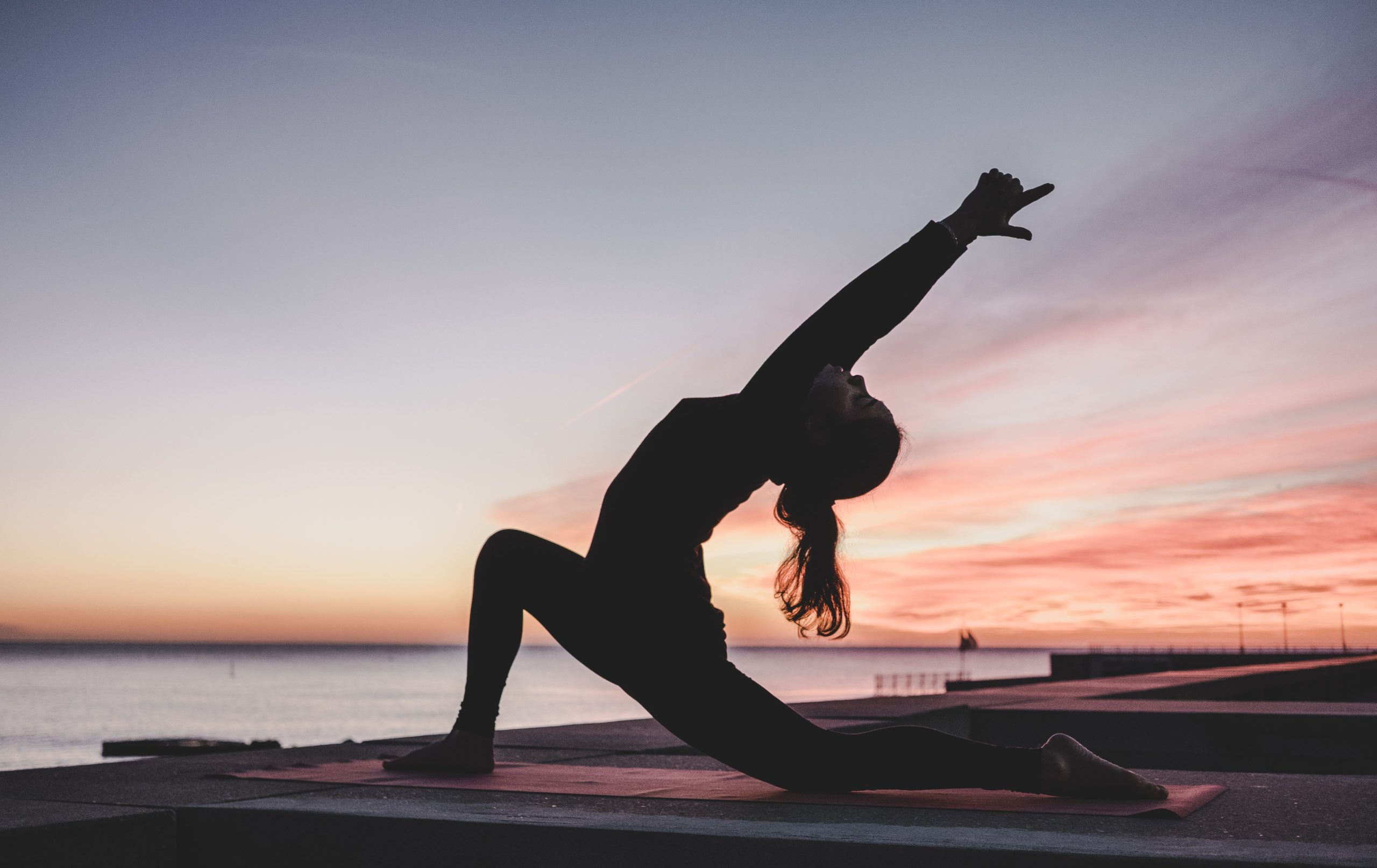The pandemic is giving you more opportunities to listen to your body. Spend some time to close your eyes, breathe, relax and observe how your body is feeling right now. Is your heart beating faster now? Are you having a more challenging time focusing and concentrating? Do you find it hard to relax your shoulders?
It is essential to connect with your body and give attention to whatever discomfort or unusual feelings you are experiencing right now so you can manage your health issues as early as now.
Schedule a health check-up
Last week, I started going to the hospital for a comprehensive health check-up that includes the most important laboratory tests and procedures for my age, family history, and previous/current health and fitness condition. I just recovered from a mild case of COVID-19, so aside from fulfilling my annual physical check-up. I wanted to complete the most important health tests, even if I had already regained my strength since I got better a couple of weeks ago.
You might not be feeling something serious about your health right now. Still, the pandemic might have affected your overall health due to a recent illness/ changes in lifestyle like less physical activity, irregular sleep patterns, and excessive food intake. If going to the clinic or hospital is not yet possible at this point, schedule an online consultation with a doctor to have your preliminary health check. Most health facilities now offer laboratory tests that can be done in the comfort of your house. When you are ready, you can go to a hospital and do the necessary screening tests depending on what your doctor will recommend based on your current health condition.
Limit caffeine intake
I decided to shift to decaf coffee almost eight months ago. It was challenging for me initially, especially during my early morning online exercise sessions that usually require more push and enthusiasm from me as a fitness coach. However, I wanted to naturally boost my energy without relying on supplements or caffeine so I could listen to my body regulate and balance my energy throughout the day.
I successfully stuck to the same habit of having a mug of decaf coffee for the whole day until today. Instead of getting an energy fix from caffeine, I would take 15 to 30-minute naps when there’s an opportunity after lunch to recharge and regain my strength that could last the next half of my day. Your doctor might advise you to limit caffeine intake to manage health issues like hypertension, anxiety, insomnia, or digestive problems. And if you want to rely more on your natural physical energy, discontinue taking pre-workout caffeinated drinks or try to gradually limit your caffeine intake by having a cup of coffee a day instead of two or three and eventually shift to decaf.
Distribute your natural energy throughout the day so you can effectively approach things in moderation, avoid stress and get the much-needed pause or rest when needed. Avoiding stimulants can allow your body to stick consistently to a sleep schedule. Keep in mind that getting quality sleep is very important for fighting diseases and improving your overall well-being.
Be mindful of your exercise performance
Aside from getting clearance from your doctor before you resume your workouts, you need to listen to your body and have a recovery plan after an illness such as the regular flu or COVID-19, which can help protect your body from getting possible health complications. Increase your body awareness by checking how you feel before, during, and after an exercise session.
Physically prepare your body by ensuring that you have the right amount of nutrients, are well-hydrated (eight or more glasses a day), and have enough sleep (seven to nine hours).
Always be prepared to modify your exercise regarding pace, load, duration, form, and execution. Do not be in a hurry to resume right away to your previous fitness level. Depending on your current fitness and health condition, it might take some time. Have the proper exercise warm-up to help prepare yourself physically and mentally. Check your heart rate by wearing a fitness tracker or manually checking your pulse regardless of the exercise intensity.
Your target heart (THR) rate during an exercise session is dependent on your age and exercise intensity goal.
Moderate exercise intensity: Achieve 50 to 70 percent of your maximum heart rate (MHR)
Vigorous exercise intensity: Achieve 70 to 85 percent percent of your MHR
To compute for the THR of a 40-year old exerciser who intends to keep a low to moderate intensity during a workout session:
Get the MHR: 220- Age (40) = 180 beats per minute (bpm)
Compute for the THR (50 to 70 percent of MHR) range: 180 X .50 = 90 bpm and 180 X .70 = 126 bpm
So a 40-year old exerciser should maintain a heart rate range of 80 to 126 bpm during a low to moderate exercise intensity.
Have the proper cool-down by incorporating breathing work with your stretches. After a workout session, observe how your body returns to your pre-exercise state by rechecking your heart rate.
Email the author at [email protected] or follow her on Instagram @mitchfelipemendoza









































